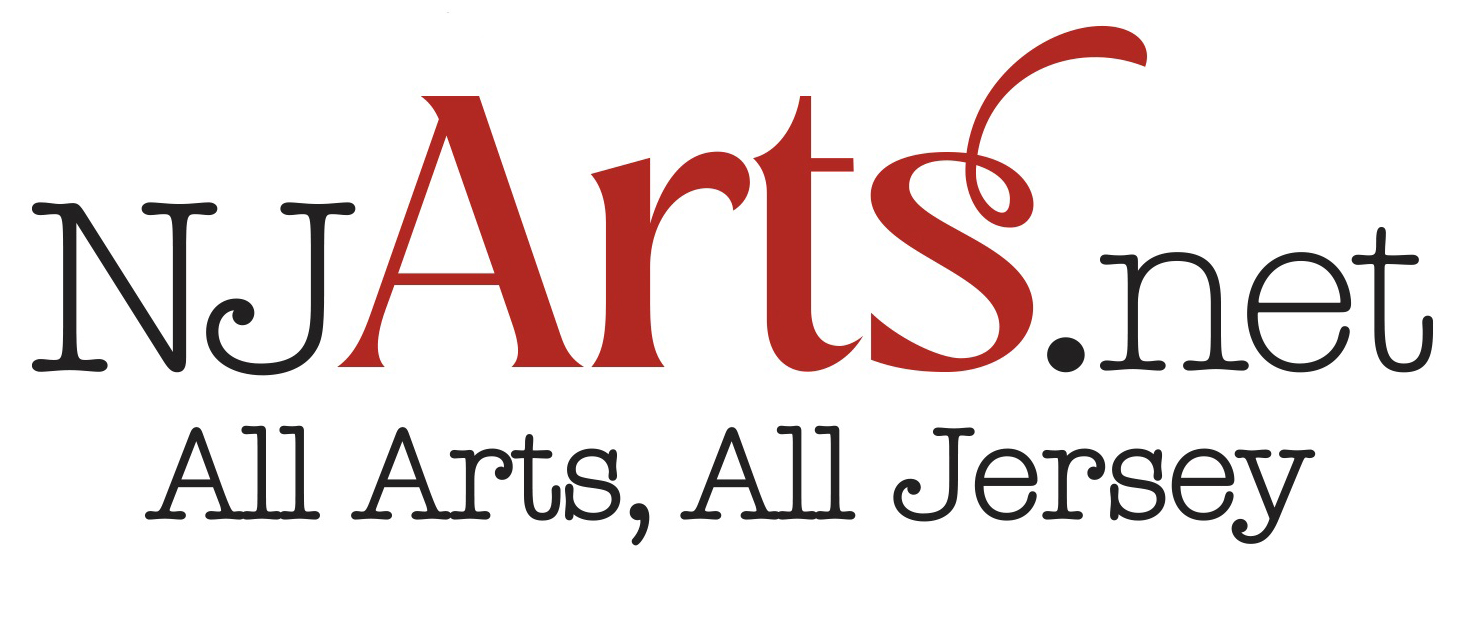
PHOTOS BY CHRISTOPHER DUGGAN
Members of Carolyn Dorfman Dance Company perform Dorfman’s new “Traces.”
Carolyn Dorfman is an optimist at heart. You will not find this choreographer standing on a street corner carrying a sign that says “The End Is Near.” She comes alarmingly close, however, in “Traces,” the ambitious new multimedia work that her Carolyn Dorfman Dance Company unveiled on Friday at the Victoria Theater of the New Jersey Performing Arts Center in Newark.
Although Dorfman leaves us with a hopeful ending, “Traces” is filled with cautionary images of violence and upheaval. Before the dancers stack its modular set pieces into the final tower that suggests a habitat where all the members of this ensemble can live together in peace, those empty modules are used as coffins — temporary storage for the restless dead. Set designer Ben Hobbs created these empty, tubular frames to act as building blocks, with some doubling as video screens. They also become a house where a woman is abused and a banquet table where gluttonous diners over-indulge, while smaller modules seem to host advertisements.
Startlingly, the images that videographers Kate Freer and David Tennent project on the ever-evolving scene range from a volcanic eruption to a serving of French fries, and from the grandeur of a nighttime sky to pictures of consumer goods. In grisly contrast to the photos of appetizing meals and colorful products are others that show us skeletal torsos. Though a pair of suede boots looks innocent enough standing on its own, the scale of our consumption is problematic.
In the printed program, “Traces” takes its epigraph from the late novelist Wallace Stegner: “There is a sense in which we are all each other’s consequences.” We are at risk not only from natural disasters, but also from those we create ourselves through greed and violence.
In “Traces,” the dancers portray both humans and the landscapes we inhabit. The piece begins in gloom, with individuals wandering across a night-shrouded terrain where others lie dormant. After the volcano explodes, Ae-soon Kim steps gingerly along a path made up of bodies. She’s a daring adventurer or a survivor climbing higher and higher until she falls — only to be caught and rescued.
Dancers dive and stretch, brandishing a finger. They bow and hug themselves; the scene grows cold and icy. Eons seem to pass. Society forms with its all-too-familiar problems; then it consumes itself in flames.
Yet once again, an individual survives to gaze up at the stars; and a voice intones, “I am wondering, remembering.” The action grows more urgent, even frantic, impelled by Svjetlana Bukvich’s dramatic, special-effects score. The dancers take a deep breath, as if reborn, and a rainbow appears.
Video images race across the backdrop, depicting crowded modern locations — an airport, a highway, Times Square. Finally, the dancers ensconce themselves cozily in a multi-tiered habitat where they can coexist.
Given the rapid pace of change and the violence we have witnessed, however, we may ask ourselves if Dorfman isn’t being pie-eyed here. Dances may end neatly, but humanity has a tendency to keep squabbling. How long will the ceasefire hold?
“Traces” brought the evening to a stimulating conclusion, but this gala program also featured some old favorites. Linking all these pieces together, perhaps, is Dorfman’s awareness of the tensions implicit in our social contracts, and her faith in positive outcomes. In “Echad,” a giant wheel becomes the symbol of the rules and traditions holding society together. When a woman becomes trapped inside, Dorfman sends an independent-minded hero to free her. Louie Marin takes the wheel on his back, gyrating dangerously, until he masters the machine. Tellingly, however, the community of dancers in “Echad” does not abandon the wheel, but continues on its journey, having gained a new perspective.
In “Keystone,” the social contract shrinks to the size of a marriage. Marin and Jacqueline Dumas Albert dance this duet thrillingly, holding nothing back as they use each other as pillows, prop each other up, and wrap themselves together in a tumbling ball. During the first section, they move like a single organism.
Of course, some bumps and separations lie ahead, but Dorfman won’t give up on this relationship, either. This artist holds a tenacious belief in our ability to solve problems, get along and move forward together.
Let’s hope she’s right!
CONTRIBUTE TO NJARTS.NET
Since launching in September 2014, NJArts.net, a 501(c)(3) organization, has become one of the most important media outlets for the Garden State arts scene. And it has always offered its content without a subscription fee, or a paywall. Its continued existence depends on support from members of that scene, and the state’s arts lovers. Please consider making a contribution of any amount to NJArts.net via PayPal, or by sending a check made out to NJArts.net to 11 Skytop Terrace, Montclair, NJ 07043.


